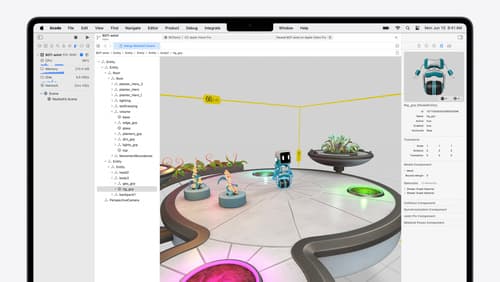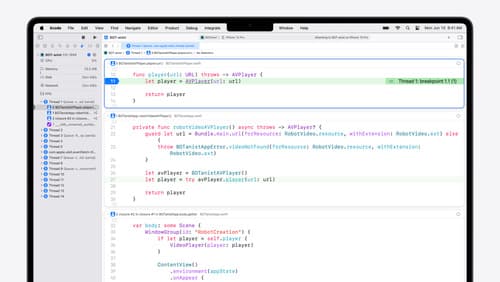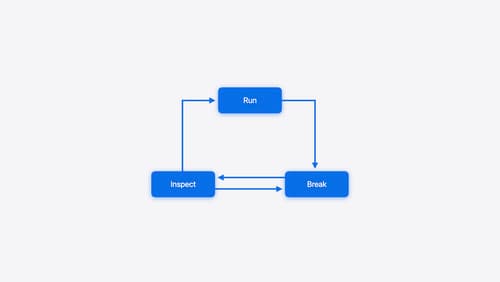runloop
Asked on 2025-04-17
1 search
The concept of a "run loop" is not directly mentioned in the provided context from the WWDC sessions. However, the idea of a loop is touched upon in the context of debugging and program execution, particularly in the session titled "Run, Break, Inspect: Explore effective debugging in LLDB." This session discusses the process of running, breaking, and inspecting program execution as a loop to effectively debug applications.
If you are interested in debugging techniques and how to efficiently manage program execution, you might find the session Run, Break, Inspect: Explore effective debugging in LLDB (00:03:46) useful. This session covers how to use LLDB for debugging, including handling crash logs and setting breakpoints.
For more specific information about run loops, you might want to explore Apple's documentation or other sessions that focus on concurrency and program execution.

Break into the RealityKit debugger
Meet the RealityKit debugger and discover how this new tool lets you inspect the entity hierarchy of spatial apps, debug rogue transformations, find missing entities, and detect which parts of your code are causing problems for your systems.

What’s new in Xcode 16
Discover the latest productivity and performance improvements in Xcode 16. Learn about enhancements to code completion, diagnostics, and Xcode Previews. Find out more about updates in builds and explore improvements in debugging and Instruments.

Run, Break, Inspect: Explore effective debugging in LLDB
Learn how to use LLDB to explore and debug codebases. We’ll show you how to make the most of crashlogs and backtraces, and how to supercharge breakpoints with actions and complex stop conditions. We’ll also explore how the “p” command and the latest features in Swift 6 can enhance your debugging experience.
